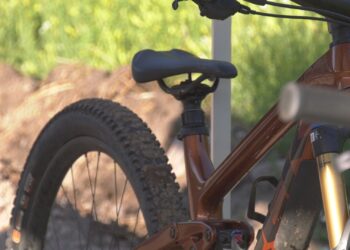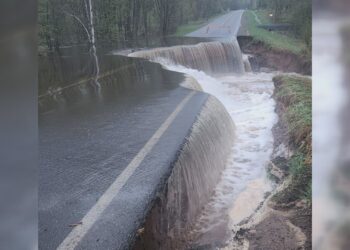July is the U.P.’s true summer month. June can have some frosty periods early in the month, and August can feel like autumn late in the month. But July features wall-to-wall warmth.
July begins with an average high of 75° and a low of 53° at the National Weather Service near Negaunee. By the tenth of the month, the average high and low peak at 76° and 55°, then holds through the end of the month.
If you’re hoping for a sunny day, your best chance of getting one is in July. The percent of possible sunshine goes from a nadir of near 25% in November and December to 66% in July. June and August each collect about 60% of possible sunshine.
During the month, we celebrate Independence Day. July 4th is a genuine summer holiday, though it can be quite cool on rare occasions. But has it ever been cold enough to snow? I have had credible people swear to me they aw snowflakes on the Fourth. I remain skeptical.
The coldest “high” for a July day in Marquette, for example, is 50° in 1989. The record low is 43° set in 1972– hardly snowflake weather. The same holds true for Iron Mountain and Houghton. Their record cold July 4th temperatures would not support snow in the winter— how could a snowflake survive as it got close to the much warmer Earth in summer?
On the other hand, if it’s going to get really hot in Upper Michigan, it will happen in July. Houghton has reached or exceeded 100° twice since records began in 1887. Iron Mountain’s records go back to 1899 and show that it’s reached or topped the century mark ten times during the month. Marquette, where records go back to the Civil War, has reached 100° or above 17 times during July.


















